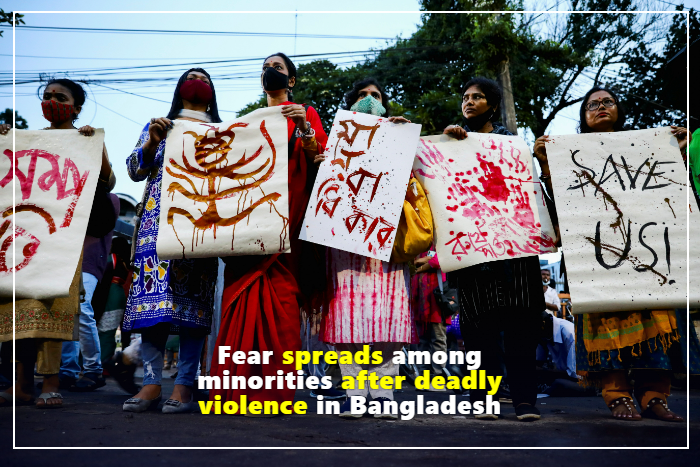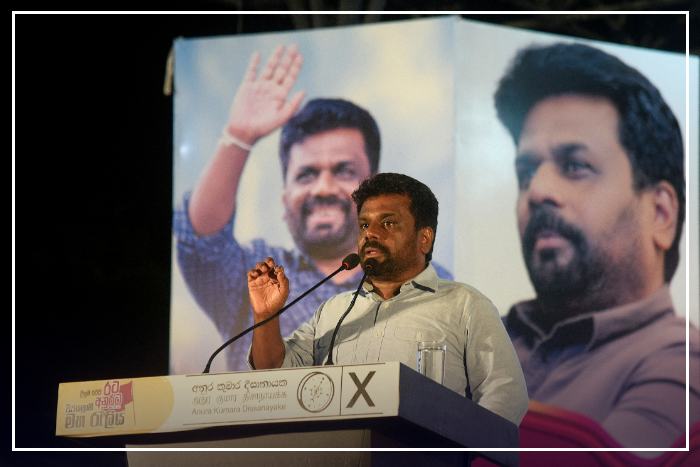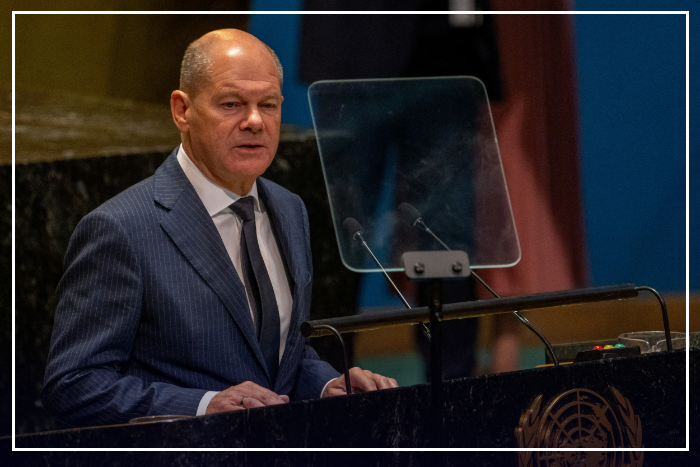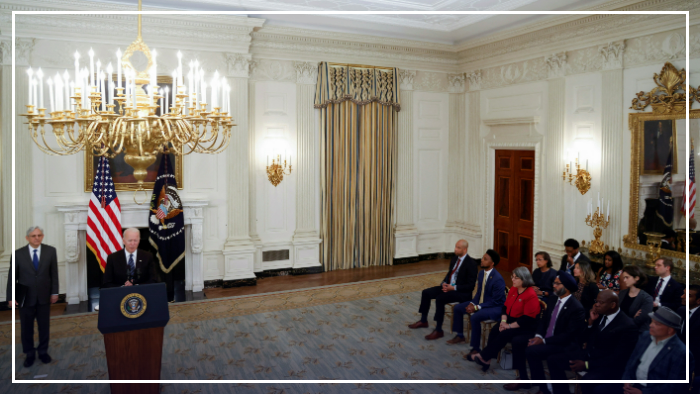DHAKA, Sept 21 (Askume) – Ethnic communities in the mountains of southern Bangladesh are living in fear after clashes left four people dead and dozens injured, police and witnesses said on Saturday.
Homes and business establishments were set on fire in the Chittagong Hill Tracts (CHT) bordering Myanmar and northeast India, displacing several minority families as communal violence sparked by the killing of a Bangladeshi man broke out on Wednesday, he said.
The 72-hour blockade of roads and waterways called by the student-led community is ongoing in three hill districts of CHT – Khagrachari, Rangamati and Bandarban, home to many local tribal groups.
Protesters are demanding punishment for those responsible for Thursday’s riots, which spiraled into violence and left at least four people from ethnic minorities dead.
Many families from Khagrachari and Rangamati have fled, leaving behind burnt-down homes and businesses.
Although Bangladesh has heavy military, police and border guard patrols, residents remain anxious.
“Tension continues…police and security forces are carrying out joint patrolling and it is hoped that peace will be restored soon,” said Ahsan Habib, deputy police chief of Chittagong district.
Officials said the killing of the Bangladeshi man sparked retaliatory attacks against minority communities.
Dozens of homes and businesses, mainly belonging to the Buddhist minority, were torched or attacked. Witnesses said Buddhist temples were targeted and loudspeakers installed in local mosques were used to incite Bengali mobs.
In response, local authorities imposed a Section 144-like curfew in Khagrachari and Rangamati.
The interim government, led by Nobel Peace Prize winner Muhammad Yunus, expressed deep regret over the violence. It requires all security forces to exercise maximum restraint and prioritize the safety of all residents.
After meeting local political leaders and various organisations, Home Advisor Lieutenant General Jahangir Alam Chowdhury (retired) said a high-level committee would be formed to investigate the violence.
In the 1980s, the government resettled thousands of landless Bangladeshi families in the 5,500 square miles (14,200 square kilometers) CHT, sparking tensions between the newcomers and indigenous groups.
In 1997, the government of then Prime Minister Sheikh Hasina signed a peace deal with the tribal guerrilla Shanti Bahini, ending a 25-year insurgency seeking political autonomy for the region.










